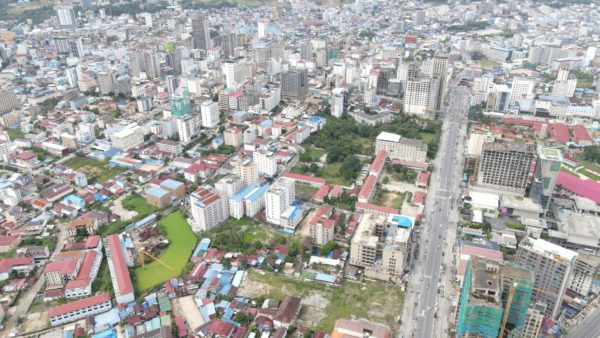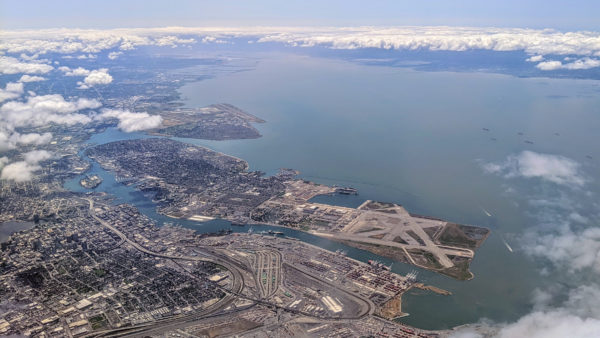China’s national railway operator, China Railway Corporation (CRC), has punished a number of its subsidiaries after an inspection showed shoddy construction and fraudulent practices affecting part of a major cross-country high-speed rail line.
First publicised by Chinese microbloggers on Monday this week (13 November) and later confirmed by Chinese media, the probe was launched after incidents in June and July this year that raised safety fears on the Guizhou section of the Shanghai-Kunming High-Speed Rail Line.
The probe, which showed evidence of cost-cutting, "jerry building" and fraudulent and illegal practices, will be sensitive in China because the country has rapidly built out the largest high-speed rail network in the world, but suffered a deadly high-speed collision in 2011 in Wenzhou that killed a reported 40 people and eroded public trust in rail travel.
The new Shanghai-Kunming route connects China’s financial centre with tourist sites deep inland in the southwest. It only began operating in December 2016 at a top speed of 300km/h but, according to the microbloggers’ post, since deleted, the service reduced its speed to 70km/h per hour while passing over the North Pan Jian Bridge in Guizhou, reports English-language news site, Sixthtone.
Authorities then confirmed the report to Sixthtone’s sister publication, Chinese-language The Paper, which published details of recorded failures of construction, supervision and design bureaux (units) of CRC.
Revealing that the quality of the work was substandard, the probe slammed the bureaux, including:
- The 20th Bureau was admonished for "poor quality work, fraud, illegal subcontracting and other issues".
- The 23rd Bureau did not follow the design requirements, including a failure to install proper drainage and "on-site management chaos".
- The 17th Bureau was also named for its "poor organisation".
- The 22nd Bureau was guilty of slow progress and poor workmanship.
- The Beijing Tieyan and the Gansu Railway supervision companies did not monitor the work properly.
- The China Railway Eryuan Engineering Institute did not carry out enough geological investigations.
In addition, drawings were slow to be produced, design techniques were not standardised and the on-site coordination was insufficient, the report said.
As a result of the investigation, 20th Bureau has been barred from bidding on all large and medium-sized rail projects between now and September next year, and will be held liable for 90% of the cost of repairs. The 23rd Bureau and the supervision companies were also banned for a year.
It was left up to the companies’ management to take disciplinary action against individuals.
Image: One of the successful engineering feats on the Shanghai-Kunming line is the world’s longest concrete arch bridge in Qinglong, Yunnan Province (Creative Commons)
Further Reading:
Comments
Comments are closed.











You mentioned that China suffered a deadly high-speed collision in 2011 in Wenzhou that killed a reported 40 people and eroded public trust in rail travel.
I want to put this in a proper prospective: It is not because of poor quality of railway construction or train car manufacturing. It was due to the fact that almost all China HSR are travelling on elevated rails about 7 or 8 storey high. The Wenzhou accident was just a minor collision of one car at the back of another car because of the failure of signal system in a heavy rain storm. If not for the elevated rail, at most there would only be a case of derailment of two three cars which might cause some minor cases of injury to the passengers’ The high casualty was caused by the two cars dropping to the ground from a height of 7 to 8 storey high elevated railway.
I have to wonder whether the project i’m working on in South Asia, one that would be in excess of £1 Billion if it was in London, is headed for the same fate with our South Korean contractor doing their best to subcontract out every single aspect of the job that they can.
That wouldn’t be so bad, if those subcontractors had not done the same themselves.
None of them are apparently responsible for anything, and all have a goldfish like memory when it comes recollecting any discussions about design and responsibility.